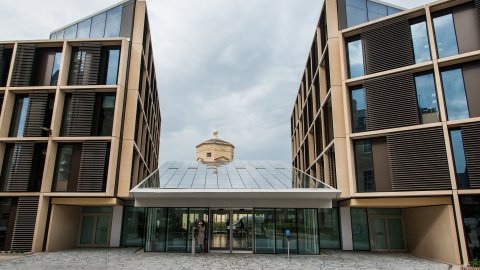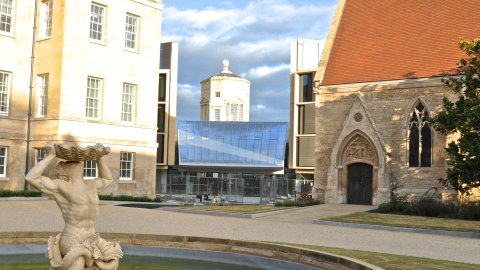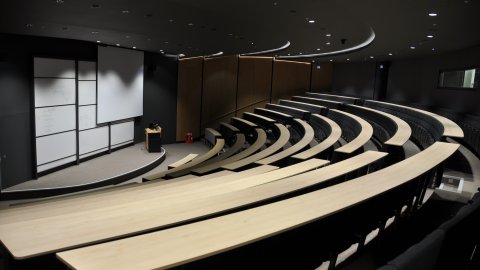14:30
More Designs
Abstract
We generalise the existence of combinatorial designs to the setting of subset sums in lattices with coordinates indexed by labelled faces of simplicial complexes. This general framework includes the problem of decomposing hypergraphs with extra edge data, such as colours and orders, and so incorporates a wide range of variations on the basic design problem, notably Baranyai-type generalisations, such as resolvable hypergraph designs, large sets of hypergraph designs and decompositions of designs by designs. Our method also gives approximate counting results, which is new for many structures whose existence was previously known, such as high dimensional permutations or Sudoku squares.





